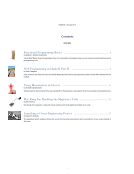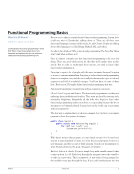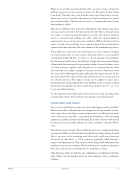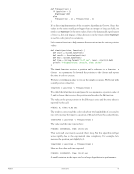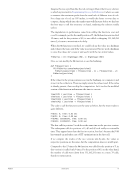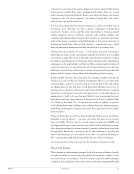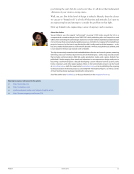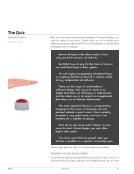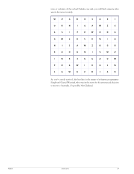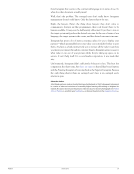and use some representation that only the form generator and results receiver need know about. (To recap: the key requirement is that the coding used by the form achieves the desired effect when the form submission is processed. The rest, like human readability, is optional, so we could use quite interesting coding schemes.) Forms for nested data could be handled by including structured data in the interface representation and adjusting the interpreter, etc. say the following, which could allow the collection of items attached to the current to-do list to be edited, for example only keeping ones that are ticked. ... | ChangeTitleAndDate String Date [GUID ToDoItem] In summary, the interface description should explain precisely what should be changing for a given step, from which certain code and html can be generated exactly. Hopefully, this removes a few more potential failure points and reduces reliance on tests. Final Thoughts The above may have been a bit of a ramble, but hopefully you saw one or two interesting things along the way. To be honest, I wasn’t quite sure when I started where I would end up, but am pretty pleased with the result and it seems to be worth further thought and experimentation. The key idea here is to capture the possible user actions more clearly as code, in particular here as (hierarchical) types whose elements indicate what users are allowed to do and what kind of things the system will return. In Rails apps, this information is almost always buried under other details, and has to be teased out with a range of tests (with varying degrees of success). I expect other mainstream frameworks have the same issues. So my suggestion is to make these key details more visible and to get the details to work for the programmer, for example helping them to construct the code that provides the functionality. A side-benefit is to identify Huet’s zipper concept as a powerful way to represent a user’s journey through the structure of an application’s interface. There’s also a corollary to the story, with several hints as to where and how further use of appropriate data types can help to clean up and simplify an app. A key point of these articles is about using data types more fully, and about how modern functional languages make it easier to create and use new datatypes in the service of simpler programs. So the final word is, instead of going for more complex processes, try to tease out the structure of what you are doing and see if any parts of it can be represented in a simpler form as data. It might just work. About the Author Dr Paul Callaghan finds map reading and motorbike riding a little difficult to combine. Instead of frequent stops, he likes to carry on riding, randomly taking interesting-looking roads just to see where he ends up. It’s a good thing to try intellectually as well, and warmly recommended: you never know what you might find. Bits of his bio can be seen on earlier articles. Paul also flies big traction kites and can often be seen being dragged around inelegantly on the beaches of North-east England, much to the amusement of his kids. He blogs at free-variable.org [U4] and tweets as @paulcc_two [U5]. Send the author your feedback [U6] or discuss the article in the magazine forum [U7]. PragPub January 2013 15
Purchased by unknown, nofirst nolast From: Scampersandbox (scampersandbox.tizrapublisher.com)


